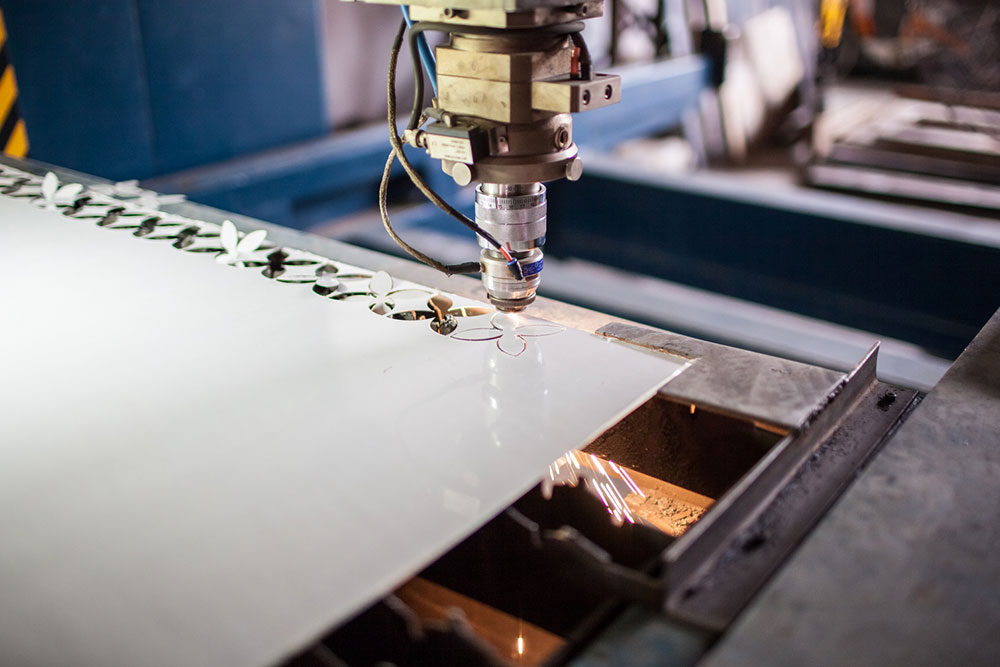8 types of industrial machinery and equipment

Industrial machinery and equipment play a pivotal role in developing the life and landscape of the country’s manufacturing and industry. Whichever type of industry it may be – production, processing, or construction – these tools are the driving force behind it all. Moreover, it is these industries that shape people’s daily lives. So, to better understand industrial machinery and equipment, here is a brief guide that explores their various types, uses and applications, and approximate costs.
1. Industrial furnaces
Industrial furnaces are devices that are designed for high-temperature operations. They are used to create a controlled environment for heat treatment. Industrial furnaces are primarily used in the following industries:
- Metallurgy
In metallurgy, industrial furnaces are used for heat-treating metals. This process improves the strength and durability of metals and makes them suitable for further applications. - Ceramics
Industrial furnaces are also essential in the ceramics industry. They are used for sintering ceramics, which increases their density and hardness, making them suitable for further uses. - Glass manufacturing
Industrial furnaces are a crucial component in the glass industry. They are used for melting and shaping glass products.
The cost of industrial furnaces ranges from several thousand dollars to several million dollars, depending upon their size, temperature capacity, and industrial applications.
2. Forklifts
Forklifts are a type of material handling equipment. They are essential for moving heavy loads within warehouses and industrial facilities. Forklifts are mainly used in the following applications:
- Warehousing
Forklifts can mainly be seen in warehouses. They are used for efficient loading and unloading goods from trucks and stacking and retrieving items from high shelves. - Recycling
Forklifts also see applications in the recycling industry, where they are used for similar purposes – unloading contents from trucks and moving them to sorting bays. - Construction
In the construction industry, forklifts are used for efficiently transporting heavy materials on job sites.
The average cost of standard-capacity electric forklifts lies in the range of $20,000 to $50,000. However, the cost of forklifts also varies based on their size and in-built specialized equipment and can exceed $100,000.
3. Welding and metalworking equipment
Welding and metalworking equipment include machines and tools used for joining and shaping metals. They are primarily used in the following industrial applications:
- Manufacturing
In manufacturing, tools like welding machines and plasma cutters are used for forging metal components, which can be used in further applications. - Construction
Welding tools play a pivotal role in construction, as they are used in welding structural steel and metal frameworks. - Automotive
The welding and metalworking equipment also play an important role in the automotive industry, as they are used in assembling and repairing vehicle parts.
The costs of welding and metalworking equipment vary widely. Basic welding machines can start at around $200, while the cost of specialized industrial welding machines ranges in tens of thousands of dollars.
4. Mining equipment
Mining equipment is designed to extract valuable minerals and resources from the earth’s surface and subsurface. This equipment is mainly used in the following applications:
- Mining operations
In mining operations, the equipment is used for excavating, drilling, and hauling minerals. - Construction
In construction, the mining equipment is used for earthmoving tasks on large-scale projects. - Oil and gas extraction
This equipment is essential at the drilling sites in the oil and natural gas extraction process.
The cost of mining equipment can vary significantly based on size and complexity, ranging from thousands of dollars to millions for large-scale mining machinery.
5. Agricultural machinery
Agricultural machinery includes a variety of equipment, which is mainly designed for farming and crop production. It primarily finds its use in the following applications:
- Crop farming
One of the main uses of agricultural machinery is in crop farming, which is used in planting, cultivating, and harvesting crops. - Livestock farming
Agricultural machinery is also used in livestock farming for feeding, milking, and managing animals.
The cost of agricultural machinery varies widely based on type and size. Smaller tractors may start around $20,000, while specialized combine harvesters can exceed $500,000.
6. Generators and power equipment
Generators and power equipment are used to generate electricity and power. They are also essential in providing backup power and electricity in case of outages or in remote locations. Their applications include:
- Construction sites
At construction sites, they are used for powering tools and equipment. - Emergency backup
In any industry, this equipment can provide electricity during power outages.
Generator costs vary based on size and capacity. Smaller portable generators can start at a few hundred dollars, while larger industrial generators can cost tens of thousands of dollars.
7. Oil and gas equipment
Oil and gas equipment covers a wide range of machinery mainly used to extract, process, and transport oil and natural gas resources. Its primary applications also include:
- Drilling operations
Machinery such as rotary drills and drill rigs are used in extracting oil and gas from wells. - Refining
The machinery also includes equipment that is used for processing raw crude oil into usable products. - Pipeline construction
Specialized machinery is used for laying pipelines that transport oil and gas from production sites to refineries and distribution centers.
The cost of oil and gas equipment ranges from thousands to millions of dollars, depending on the specific application and scale.
8. Food processing equipment
Food processing equipment is designed for preparing, packaging, and preserving food products. Its main applications also include:
- Food manufacturing
Food processing equipment is essential for processing, cooking, and packaging various food items, including meat, dairy, bakery products, and snacks. - Beverage production
This equipment is used in bottling and canning operations for soft drinks, juices, and other beverages. - Frozen food industry
Freezing and packaging equipment is crucial for the production of frozen food products.
Food processing equipment costs vary widely. Smaller appliances can start at a few hundred dollars, while large-scale industrial machines may cost several hundred thousand dollars.









